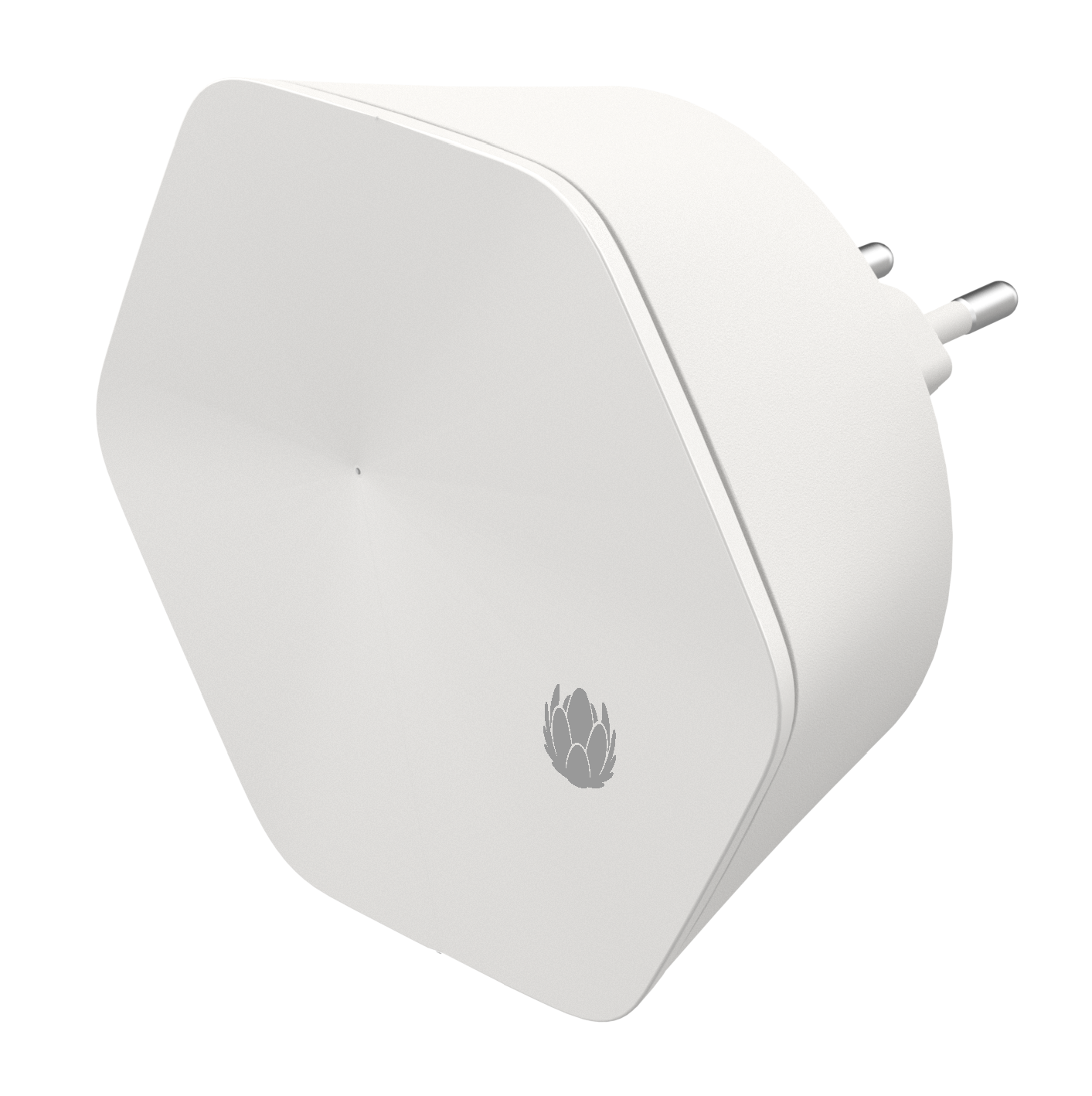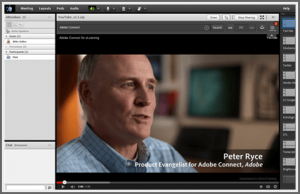
TEP pool is not re-assigned to other pods that may be added to the fabric. This remains valid also in the scenario where the Pod 1 is physicallyĭecommissioned (which is a fully supported procedure) so that the original Pod 1 Since the 2.1(1) release, the two features can be deployed together overĪll the switches used in the Multi-Pod and EVPN topologies.įor more information on GOLF, see Cisco ACI GOLF.Ī Multi-Pod fabric, the Pod 1 configuration (with the associated TEP pool) must alwaysĮxist on APIC, as the APIC nodes are always addressed from the Pod 1 TEP pool. "FX" at the end of the switch name (for example N9K-9312TX). Which are switch models that can be identified by the lack of "EX" or Support for Cisco ACI GOLF (also known as Layer 3 EVPN Services for Fabric WAN) and Multi-Pod used together varies, depending on the APIC release:įor releases prior to APIC release 2.0(2), GOLF was not supported withįor APIC release 2.0(2) to APIC release 2.1(1), GOLF and Multi-Pod were supported in the same fabric only over Generation 1 switches, See Moving an APIC from One Pod to Another Pod for those instructions. If you have to convert a Multi-Pod setup to a single pod (containing only Pod 1), the APIC controller(s)Ĭonnected to the pod(s) that are decommissioned should be re-initialized andĬonnected to the leaf switches in Pod 1, which will allow them to re-join theĬluster after going through the initial setup script. Failure to do so could bring down the Multi-Pod connectivity. Operationally “up” external link that is participating in the Multi-Pod topology.

#ADOBE CONNECT PODS SERIES#
To configure a Multi-Pod fabric, follow these guidelines:Īll Cisco Nexus 9000 Series ACI-mode leaf switchesĪll of the Cisco Nexus 9500 platform ACI-mode switch line cards andĬreate the associated node group and Layer 3 Out policies.īefore you make any changes to a spine switch, ensure that there is at least one Guidelines for Setting Up a Multi-Pod Fabric Provide redundancy in sparse-mode is not an option for bidir. Because multicast source information is no longer available in Bidir, the Anycast or MSDP mechanism used to Redundancy is hence achieved by leveraging a Phantom RP configuration. When deploying PIM bidir, at any given time it is only possible to have a single active RP (Rendezvous Point) for a given multicast group range. For more information, see the Cisco ACI Remote Leaf Architecture WhiteĮnable OSPF on sub-interfaces with the correct area ID.Įnable DHCP Relay on IPN interfaces connected to all spines.Īdd bridge domain GIPO range as PIM Bidirectional ( bidir) group range (default is 225.0.0.0/8).Ī group in bidir mode has only shared tree forwarding capabilities.Īdd 239.255.255.240/28 as PIM bidir group range.Įnable PIM and IGMP on the interfaces connected to all spines. Use of two sub-interfaces (with VLAN-4 and VLAN-5 tags) and a separate VRF on Required with earlier releases to connect the spines to the IPN, mandating the
#ADOBE CONNECT PODS SOFTWARE#
If remote leaf switches are included in any pods, we strongly recommend that youĭeploy ACI software release 4.1(2) or later. Sub-interfaces tagging traffic with VLAN-4 and increase the MTU at least 50īytes above the maximum MTU required for inter-site control plane and data plane It must be preconfigured with the following information:Ĭonfigure the interfaces connected to the spines of all pods. Individual APIC controllers are placed across the pods but they are all part Multi-Pod uses a single APIC cluster for all the pods all the pods act as a single fabric. Spine switches connected to the IPN are connected to at least one leaf switch in the pod. WAN routers can be provisioned in the Inter-Pod Network (IPN), directly connected to spine switches, or connected to border Multi-Pod uses MP-BGP EVPN as the control-planeĬommunication protocol between the ACI spines in different pods. ForĮxample, if leaf switches are spread across different floors or differentīuildings, Multi-Pod enables provisioning multiple pods per floor orīuilding and providing connectivity between pods through spine switches.
#ADOBE CONNECT PODS FULL#
With regard to the full mesh cabling between leaf and spine switches.

Also, Multi-Pod provides more flexibility Multi-Pod enables provisioning a more fault-tolerant fabric comprised of multiple pods with Moving an APIC from One Pod to Another Pod.



 0 kommentar(er)
0 kommentar(er)
